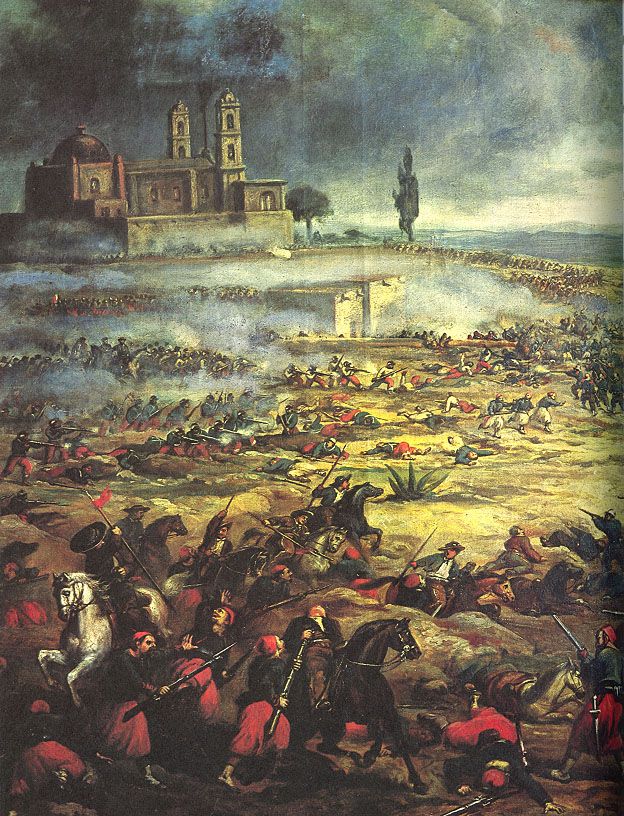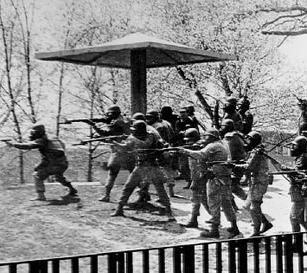“Punting the Pundits” is an Open Thread. It is a selection of editorials and opinions from around the news medium and the internet blogs. The intent is to provide a forum for your reactions and opinions, not just to the opinions presented, but to what ever you find important.
Thanks to ek hornbeck, click on the link and you can access all the past “Punting the Pundits”.
Follow us on Twitter @StarsHollowGzt
Katrina vanden Heuvel: The Enduring Shame of ‘Separate and Unequal’
n July 1966, James Baldwin published “A Report from Occupied Territory,” a despairing essay in The Nation contemplating race relations in Harlem and other American cities. Describing the deep sense of alienation and despair in the black community, Baldwin wrote, “The children, having seen the spectacular defeat of their fathers-having seen what happens to any bad nigger and, still more, what happens to the good ones-cannot listen to their fathers and certainly will not listen to the society which is responsible for their orphaned condition.” Fifty years later, it’s heartbreaking and infuriating to read those words and realize how little has changed.
The riots that erupted in Baltimore following the death of Freddie Gray, who sustained fatal injuries in police custody last month, were as predictable as they were painful to watch. Across the country, Gray is the latest in a long line of black men killed, inexplicably, in brushes with the law; Baltimore is the latest city, but likely not the last, where blacks’ legitimate frustration has reached a boiling point and spilled into the streets. And yet the unrest in Baltimore and other cities is about more than a single death or even the single issue of police brutality. It’s about the structural racism, inequality and poverty that have pervaded our cities and plagued our society for too long.
Chelsea E Manning: We’re citizens, not subjects. We have the right to criticize government without fear
When freedom of information and transparency are stifled, then bad decisions are often made and heartbreaking tragedies occur – too often on a breathtaking scale that can leave societies wondering: how did this happen? Think about the recent debates on torture, assassination by unmanned aircraft, secret warrants and detentions, intelligence and surveillance courts, military commissions, immigration detention centers and the conduct of modern warfare. These policies affect millions of people around the world every day and can affect anyone – wives, children, fathers, aunts, boyfriends, cousins, friends, employees, bosses, clergy and even career politicians – at any time. It is time that we bring a health dose of sunlight to them.
I believe that when the public lacks even the most fundamental access to what its governments and militaries are doing in their names, then they cease to be involved in the act of citizenship. There is a bright distinction between citizens, who have rights and privileges protected by the state, and subjects, who are under the complete control and authority of the state.
Once a global beacon, the American press has suffered from scandal, unpopularity and government crackdowns
While American journalists have long been hailed as flag bearers of the profession – able to report, write and broadcast in mostly ideal circumstances – in the past two decades or more, we have seen a number of cases of fabrication by journalists who have shamed the profession at large and undermined public trust. The more journalism loses popular support, the greater the leverage the public and government officials have to restrict press freedom.
No longer can U.S.media ignore the issue of press freedom and point fingers at other nations for their poor records. Today journalists in the United States are under fire more than ever.
In 2015 the United States’ ranking in the Reporters Without Borders index of press freedom dropped from 20 in 2010 to 49 – four steps above Haiti. Placing higher than the United States: Namibia, Latvia, Suriname, El Salvador, Samoa and Burkina Faso.
The reason for the drop? Frequent attacks on journalists by the public and law enforcement during demonstrations and other high-profile events, threats against journalists who refuse to reveal their sources and the government’s failure to pass a federal shield law protecting journalists.
Sarah Knuckey and Hina Shamsi:
In releasing information on April 23 about a drone strike that killed two western hostages in Pakistan in January, the Obama administration demonstrated that it is able and willing to acknowledge responsibility for strikes, carry out investigations into them, and publicly offer compensation to victims’ families.
This approach should be the rule rather than the exception.
But to the families of hundreds of Pakistani and Yemeni victims of US drone strikes, the United States has offered only silence. President Obama stated that he decided to release information about the January strike because “the Weinstein and Lo Porto families deserve to know the truth.” They certainly do. And so do Yemeni and Pakistani families who have lost their loved ones and who thus far have been denied even simple acknowledgment. The contrast is glaring, unfair, and likely to increase the already strong anti-American sentiment the lethal force program has caused abroad.
These limited disclosures also underscore the urgent need for meaningful oversight and implementation of reforms – including restrictions on the killing authority that President Obama announced in 2013, but from which he then partially exempted the CIA’s strikes in Pakistan.
Michele Simon: Meat lobby peddles doubt to undermine dietary guidelines
The Dietary Guidelines for Americans, updated every five years, never fails to cause a stir. For the current revision, released in February, a federally appointed scientific committee – after a two-year review of the latest research and numerous public hearings – has recommended (PDF) lowering consumption of red meat and processed meat.
Despite being fairly tepid, this advice set off a media firestorm, driven by a defensive meat industry and others who have been muddying the waters for some time on the role of meat in the diet. The meat lobby is taking full advantage of the current “debate.” [..]
Most of the discourse around red meat has largely focused on two issues: whether or not saturated fat is unfairly vilified as contributing to heart disease, and how, despite lowering their intake of red meat, Americans continue to gain weight.
The nutritionally myopic approach to meat-eating’s relationship to heart disease and obesity plays right into the meat lobby’s game. It’s a strategy honed by the tobacco industry decades ago: Create enough doubt to maintain the status quo – in this case, the promotion of red meat by the federal government.
Jessica Valenti: To make a 10-year-old give birth isn’t just horrifying – it’s life threatening
Would anyone in their right mind think it reasonable that a 10-year-old carry a pregnancy to term? This is not a thought experiment but the horrible story of a real child in Paraguay: raped by her stepfather and now denied an abortion.
According to Amnesty International – which is leading the charge to obtain an abortion for the child – the young girl’s condition became public when she went to the hospital complaining of stomach pain and was found to be 21 weeks pregnant. [..]
Paraguay has very strict laws on abortion – the procedure is only permitted when a person’s life is at risk. There are no exceptions for rape or incest.
Antonio Barrios, the Health Minister of Paraguay, said: “there is no indication that the health of the [girl] is at risk … therefore we are not, from any point of view, in favor of the termination of the pregnancy”.
There are so many levels of horror here it’s hard to know where to begin but this, perhaps, is the most baffling: in what universe is a 10-year-old delivering a child not a risk to her life?






 On this day in 1970,
On this day in 1970,
Recent Comments